
Table of Contents
In the dynamic world of technology, where a single app can connect millions, the question that often arises is: ‘How can I create an app that works seamlessly across all platforms, without breaking the bank or my sanity?’ Welcome to ‘The Ultimate Guide to Cross-Platform Mobile App Development in 2024’, your comprehensive roadmap to building apps that transcend boundaries. Agree with us when we say that the app landscape has evolved, with users expecting a consistent, high-quality experience regardless of their device. We promise that by the end of this guide, you’ll not only understand the intricacies of cross-platform mobile app development but also gain the confidence to build apps that stand out in the crowd.
Let’s set the stage with some fascinating facts. Did you know that as of 2023, there are over 6.5 million apps in the Google Play Store and 2.2 million in the Apple App Store? Yet, only a fraction of these apps are truly cross-platform, catering to both iOS and Android users. This presents a significant opportunity for developers who can master the art of cross-platform app development. But the question remains, how do you create an app that works flawlessly on both platforms without investing in separate development teams for iOS and Android?
This is where our guide comes into play. We’ll delve into the world of cross-platform solutions, exploring the tools and frameworks that have revolutionized mobile app development. From the tried-and-true like React Native and Flutter, to the emerging technologies like Kotlin Multiplatform and SwiftUI, we’ll provide a detailed analysis of each, helping you decide which is the best fit for your project. We’ll also address the elephant in the room
- performance. We understand that cross-platform apps often face performance challenges, so we’ll provide practical tips and tricks to ensure your app runs smoothly on all platforms.
But our guide doesn’t stop at the technical aspects. We’ll also explore the business side of cross-platform app development. We’ll discuss how to create a unified design language that appeals to both iOS and Android users, how to navigate the app store submission process for both platforms, and how to monetize your app effectively. After all, a great app is only successful if it reaches its intended audience and generates revenue.
So, whether you’re a seasoned developer looking to expand your skillset, or a budding app entrepreneur ready to take the plunge, this guide is for you. By the end of this article, you’ll have a clear understanding of the cross-platform app development landscape in 2024, and the confidence to build apps that truly transcend platforms. So, buckle up and get ready to dive into the exciting world of cross-platform mobile app development!
Mastering Cross-Platform Solutions for Seamless App Building
In the dynamic realm of software development, mastering cross-platform solutions has become not just an advantage, but a necessity. This is where the magic of seamless app building happens. Imagine a world where you can create an application once and watch it flawlessly run on various platforms
- be it iOS, Android, Windows, or the web. This is not a distant dream, but a reality achievable through cross-platform development. Tools like React Native, Flutter, or Xamarin allow developers to write code once and deploy it across multiple platforms, saving time, resources, and reducing the complexity of maintaining separate codebases. But mastering these tools is an art in itself. It requires a deep understanding of their unique features, quirks, and best practices. It’s about knowing when to use native code for performance-critical tasks and when to leverage the power of cross-platform libraries. It’s about balancing the need for speed and efficiency with the desire for a consistent, intuitive user experience. So, let’s embark on this journey to master cross-platform solutions. Let’s explore the intricacies of these tools, their pros and cons, and learn how to harness their power to build apps that are not just functional, but also delightful and engaging. After all, in the world of app development, versatility is the key to unlocking new opportunities.
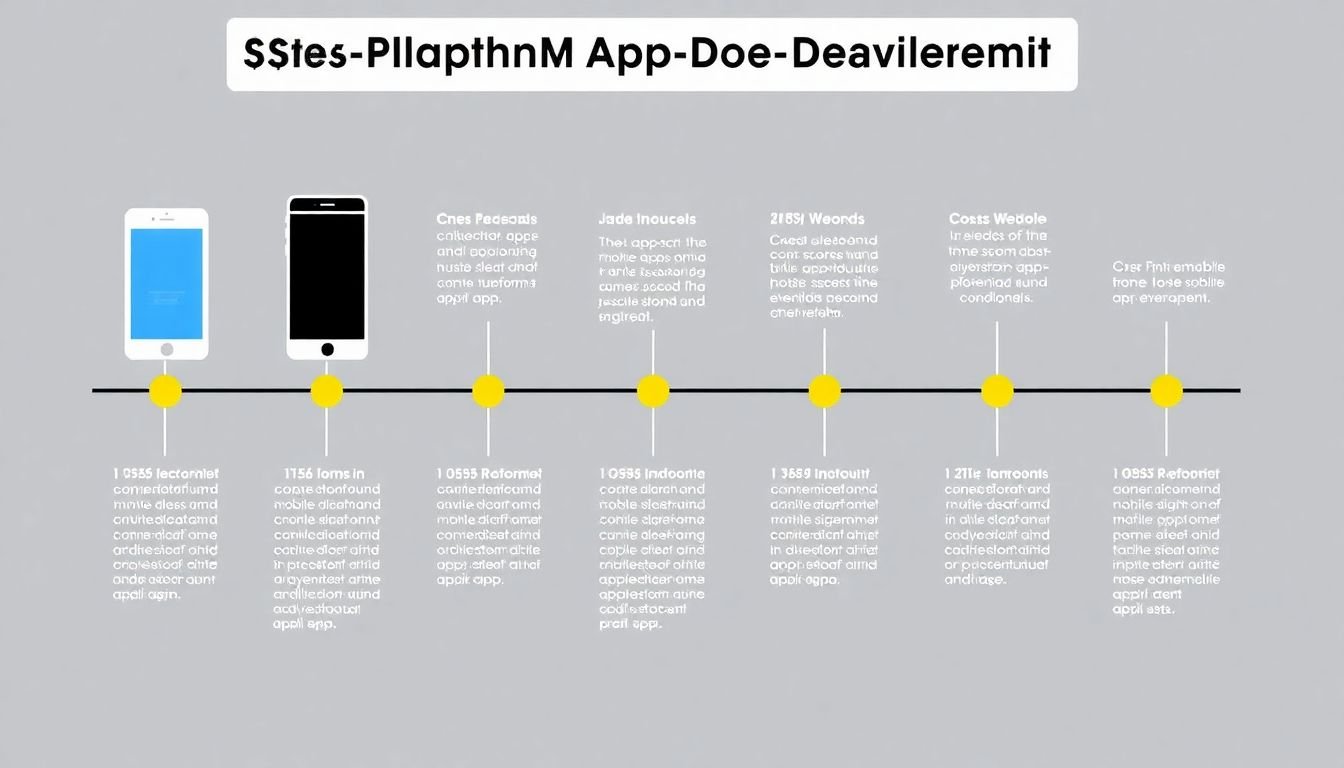
The Evolution of Cross-Platform Mobile App Development
The evolution of cross-platform mobile app development is a fascinating journey that traces back to the early 2000s, when the first smartphones began to emerge. The initial approach was to develop apps specifically for each platform, a process known as native development. This involved writing separate codes for iOS (Objective-C/Swift) and Android (Java/Kotlin), leading to increased development time and costs.
The turning point came with the introduction of the first cross-platform frameworks. In 2008, Adobe launched Flash Lite, which allowed developers to create apps using ActionScript that could run on both iOS and Android. However, the lack of support for native features and the eventual decline of Flash made it obsolete.
In 2010, a significant milestone was reached with the introduction of PhoneGap, an open-source framework that wrapped web apps (HTML, CSS, JavaScript) in a native shell. This allowed developers to write code once and deploy it across multiple platforms. PhoneGap was later acquired by Adobe and rebranded as Apache Cordova.
Around the same time, Microsoft introduced Windows Phone, leading to the development of tools like MonoTouch (now Xamarin) that allowed developers to write native apps for iOS, Android, and Windows Phone using C# and the .NET framework.
However, it was the introduction of React Native by Facebook in 2015 that truly revolutionized cross-platform development. React Native allowed developers to use JavaScript to build native mobile apps, leveraging the popular React library for building user interfaces. This led to a significant increase in the speed of development and a larger talent pool of developers.
Since then, numerous other frameworks and tools have emerged, each with its own strengths and weaknesses. Flutter, developed by Google, uses the Dart programming language and provides a rich set of customizable widgets. Kotlin Multiplatform allows developers to share business logic between iOS and Android using a single codebase. Meanwhile, tools like Ionic and Capacitor continue to build on the web technologies stack.
Today, cross-platform development has become the industry standard, driven by the need for faster development cycles, cost-effectiveness, and a larger talent pool. The evolution of this field is a testament to the power of technology to adapt and innovate in response to changing needs.
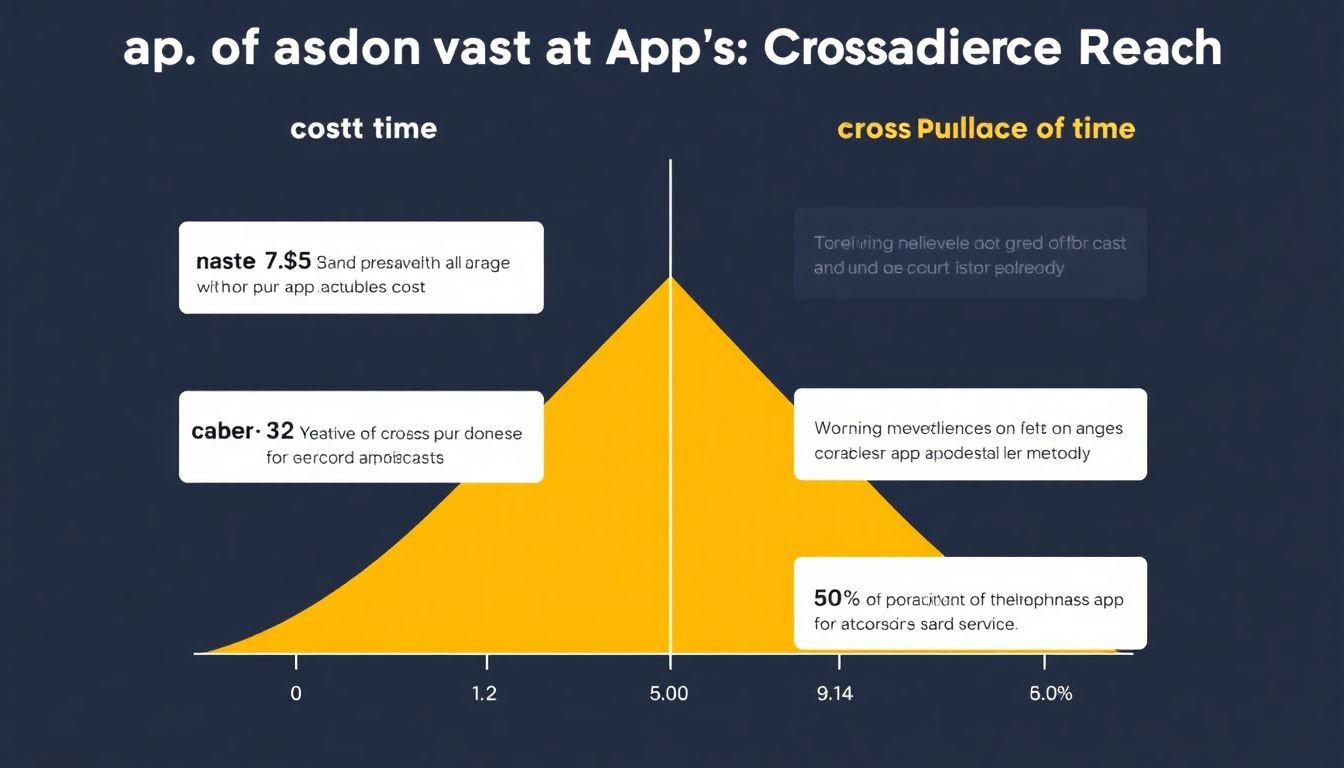
Understanding the Need for Cross-Platform Solutions
In today’s digitally connected world, the need for cross-platform solutions has never been more apparent. Gone are the days when apps were developed exclusively for a single platform, be it iOS or Android. Cross-platform app development, a methodology that allows for the creation of applications that can run on multiple platforms, has emerged as a game-changer, offering a plethora of benefits that transcend the traditional boundaries of app development.
The first and perhaps most compelling advantage of cross-platform solutions is their cost-effectiveness. Developing an app for multiple platforms simultaneously can significantly reduce the overall cost. Instead of hiring separate teams for iOS and Android development, a single team can handle both, leading to substantial savings in terms of both time and resources. For instance, when Airbnb decided to switch from native to React Native for their app, they were able to reduce their development time by 90% and their development team by 33%.
Another significant benefit is the accelerated time-to-market. With cross-platform development, the same code can be used across different platforms, expediting the development process. This means that apps can reach their target audience faster, giving businesses a competitive edge. Take the example of Instagram, which was initially developed using React Native. This allowed the app to be launched on both iOS and Android simultaneously, giving it a wider reach and contributing to its phenomenal success.
Lastly, cross-platform solutions enable apps to reach a wider audience. By being available on multiple platforms, apps can tap into a larger user base, increasing their potential for growth and success. For example, the mobile game ‘Clash of Clans’ by Supercell, developed using Unity (a cross-platform game engine), has been downloaded over 500 million times, a feat that would not have been possible if it was limited to a single platform.
In conclusion, the benefits of cross-platform app development are manifold, ranging from cost-effectiveness and faster time-to-market to wider audience reach. As such, it is a trend that is here to stay, shaping the future of app development in a world that is increasingly driven by digital connectivity.
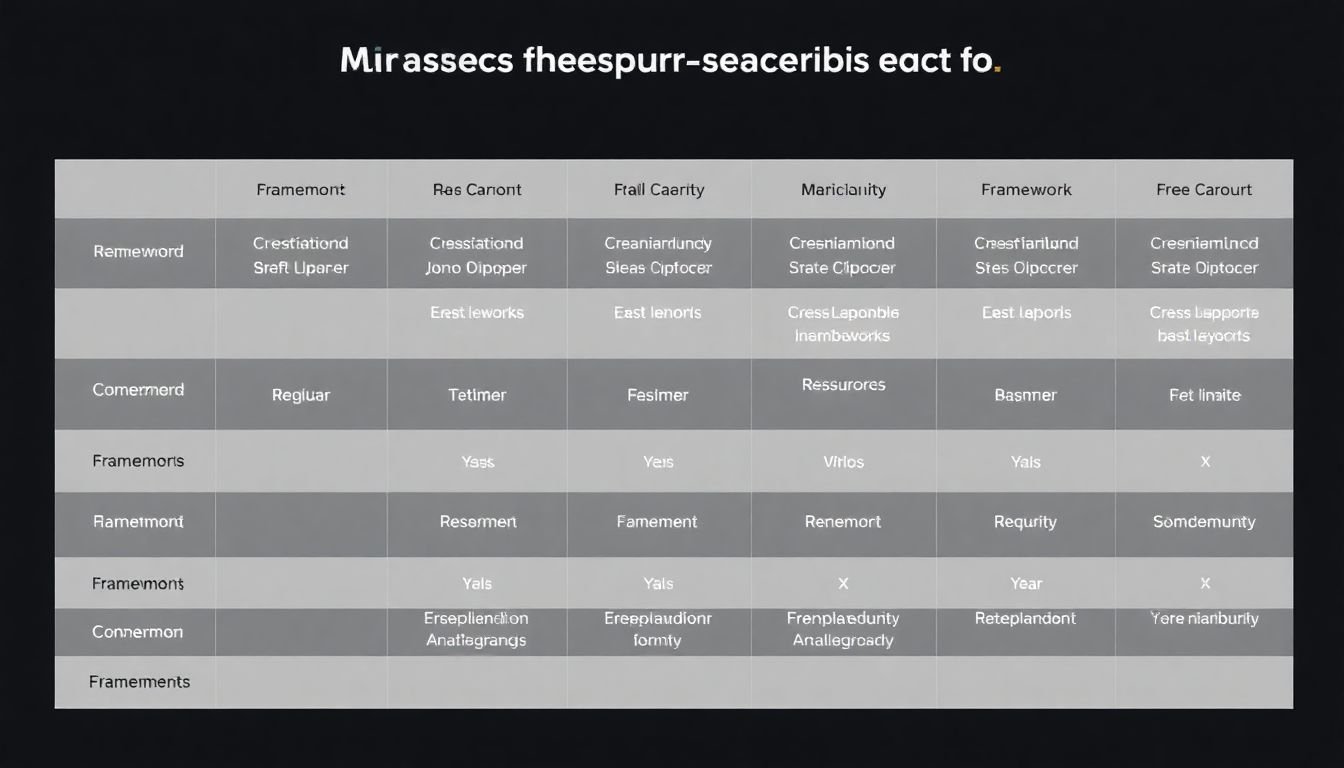
Popular Cross-Platform Frameworks and Tools in 2024
In the dynamic landscape of 2024, cross-platform development has become a staple, enabling developers to create apps for multiple platforms using a single codebase. Let’s explore some of the most popular cross-platform frameworks and tools that are ruling the tech scene this year.
The first contender is React Native, an open-source framework developed by Facebook. It leverages JavaScript and React, allowing developers to build native mobile apps with a single codebase. React Native’s hot reloading feature enables real-time updates, making the development process smoother and faster. However, it might not be the best fit for complex animations and UI elements.
Next up is Flutter, Google’s UI toolkit for building natively compiled applications for mobile, web, and desktop from a single codebase. Flutter’s rich set of customizable widgets and hot reload feature make it a favorite among developers. It also offers smooth animations and a beautiful UI out of the box. However, the learning curve might be steep for those new to Dart, Flutter’s programming language.
Xamarin, acquired by Microsoft, is another popular choice. It uses C# and allows developers to build native iOS, Android, Windows, and macOS apps. Xamarin’s integration with Visual Studio and .NET ecosystem makes it a great choice for Microsoft-centric organizations. However, it might be heavier compared to other frameworks, which could impact app performance.
Lastly, we have Ionic, an open-source framework that uses web technologies like HTML, CSS, and JavaScript. It’s known for its speed and ease of use, as developers can quickly build apps using familiar web development skills. However, Ionic apps might not perform as well as native apps in terms of speed and UI/UX.
Each of these frameworks has its own strengths and weaknesses, and the choice ultimately depends on the specific needs of your project, your team’s skillset, and the platforms you’re targeting.
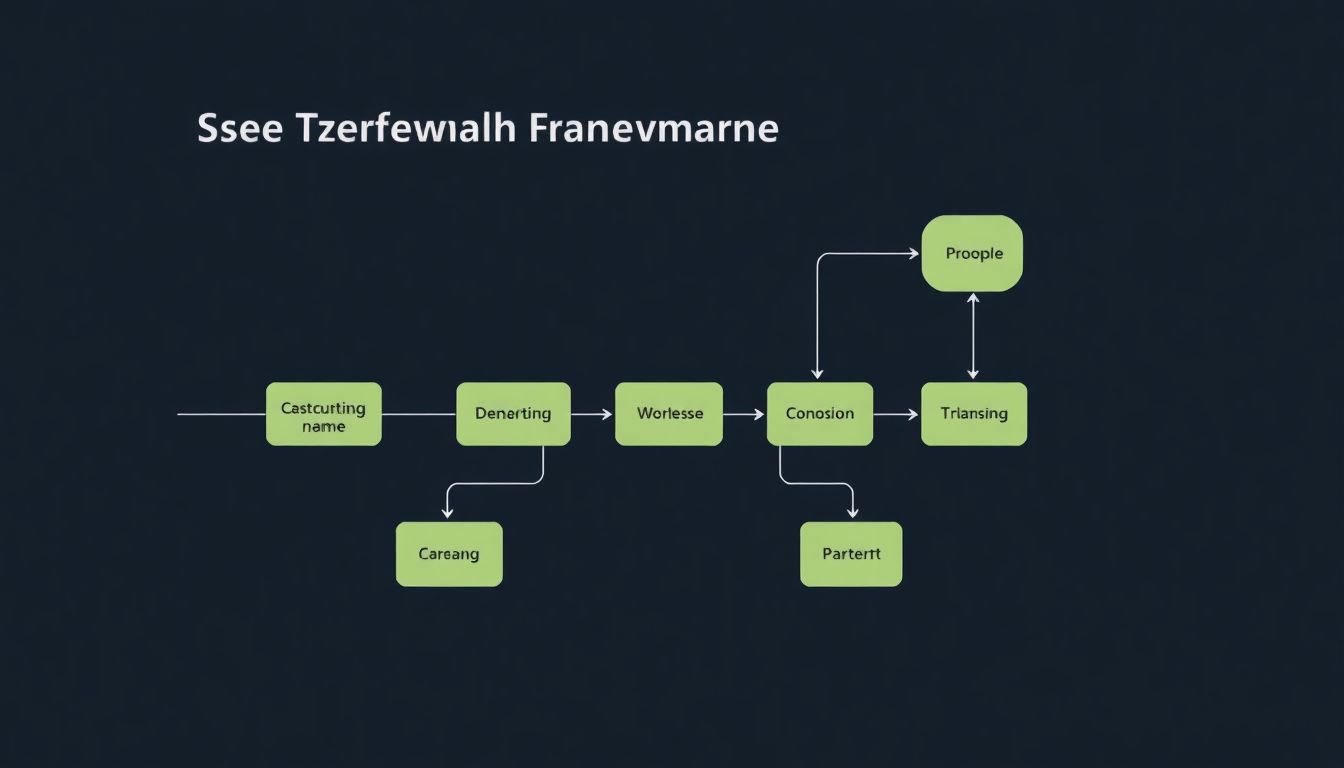
Choosing the Right Cross-Platform Framework for Your Project
Choosing the right cross-platform framework for your project is a critical decision that can significantly impact your development process, project timeline, and long-term maintainability. Here’s a step-by-step guide to help you select the appropriate framework based on your project requirements, team expertise, and long-term goals.
Step 1: Understand Your Project Requirements
Begin by assessing your project’s needs. Consider the following aspects:
- Target platforms (iOS, Android, Web, etc.)
- Performance requirements (graphics-intensive, real-time updates, etc.)
- Integration needs (third-party services, APIs, etc.)
- Scalability expectations (user base growth, feature additions, etc.)
Step 2: Evaluate Your Team’s Expertise
The proficiency of your development team plays a significant role in framework selection. Consider the following:
- Current skill set and experience with cross-platform frameworks
- Learning curve and availability of resources for new technologies
- Team size and structure (dedicated team, freelancers, etc.)
Step 3: Consider Long-Term Goals and Maintenance
Thinking ahead can save you from potential headaches down the line. Here’s what to consider:
- Community support and framework longevity
- Ease of updates and version management
- Availability of plugins, libraries, and tools for extended functionality
- Potential for future integration with emerging technologies
Step 4: Shortlist and Compare Frameworks
Based on the above considerations, create a shortlist of suitable frameworks. Some popular options include React Native, Flutter, Xamarin, and Ionic. Compare them based on features, performance, community support, and pricing. Consider using online resources, forums, and reviews to gather insights.
Step 5: Make an Informed Decision
After thorough evaluation, choose the framework that best aligns with your project requirements, team expertise, and long-term goals. Remember, there’s no one-size-fits-all answer, and the best framework is the one that works for your specific needs. Good luck with your project!
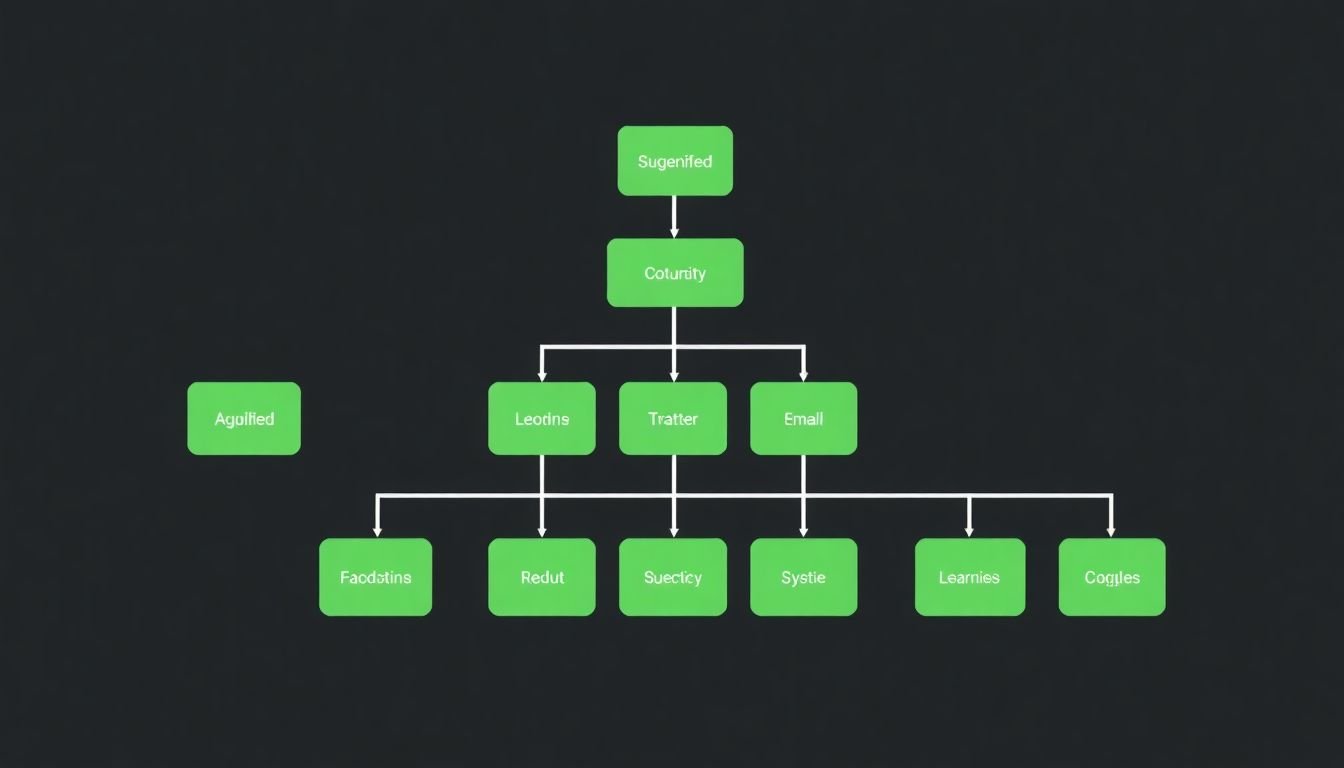
Architecture and Best Practices for Cross-Platform App Development
Cross-platform app development, leveraging technologies like React Native, Flutter, or Xamarin, presents unique architectural challenges and opportunities. To build scalable, maintainable, and high-performing apps, let’s delve into some key architectural patterns and best practices.
The first step is to choose the right architecture. The Model-View-ViewModel (MVVM) pattern, popular in Android development, is also suitable for cross-platform apps. It separates concerns, making your app modular, testable, and easier to understand. Here’s a simple MVVM example in JavaScript using React Native:
- Model: A simple data class.
- View: The UI component.
- ViewModel: Handles data binding and business logic.
Next, consider using a state management library like Redux (for React Native) or Provider (for Flutter). They help manage app state efficiently, especially in complex apps.
For networking, use libraries like Axios (for React Native) or Dio (for Flutter). They abstract the complexity of HTTP requests, making your code cleaner and more maintainable.
To ensure high performance, consider using native code for critical sections, lazy loading, and optimizing your app’s bundle size. Also, use code splitting and dynamic imports to load only the necessary code at runtime.
Lastly, always follow best practices like writing unit tests, using version control, and keeping your dependencies up-to-date. This ensures your app remains robust, secure, and easy to maintain.
In conclusion, building cross-platform apps requires a strategic approach to architecture and best practices. By following these guidelines, you can create apps that are scalable, maintainable, and high-performing.
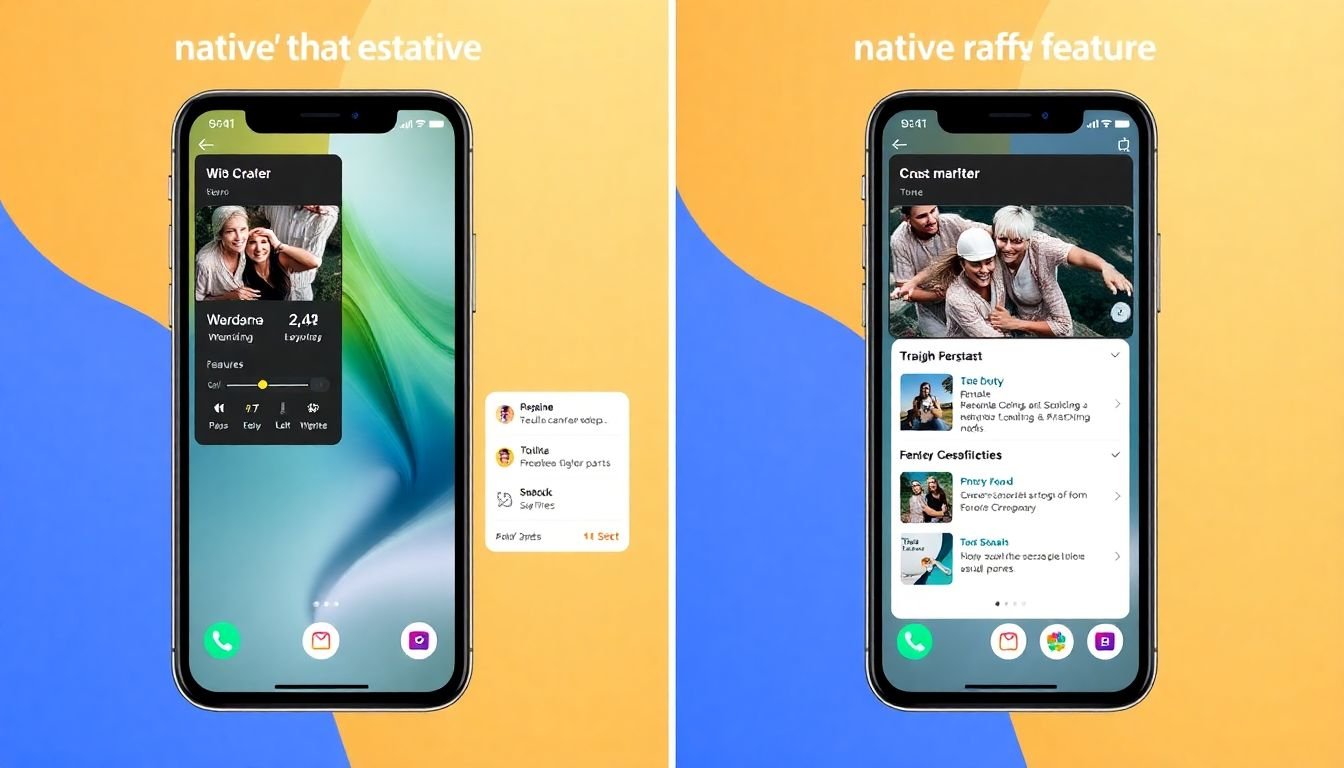
Integrating Native Features and Libraries in Cross-Platform Apps
Cross-platform app development, while offering the advantage of code reusability, can sometimes fall short in delivering platform-specific functionalities and optimal performance. This is where integrating native features and libraries comes into play, allowing us to bridge this gap and enhance both user experience and app performance. Let’s delve into how we can leverage these native elements to create more robust and engaging cross-platform applications.
Firstly, it’s crucial to understand that native features refer to functionalities that are inherent to a specific platform, such as iOS’s Touch ID or Android’s fingerprint authentication. These features not only provide a seamless user experience but also offer a level of security that is difficult to replicate using cross-platform solutions.
To integrate these native features, we can use platform-specific code within our cross-platform application. For instance, in a React Native app, we can use the `react-native-fingerprint` library to access the device’s fingerprint scanner. Here’s a simple example:
- First, install the library using npm or yarn:
- “`bash
- npm install –save react-native-fingerprint
- “`
- Then, import and use the library in your component:
- “`javascript
- import FingerprintScanner from ‘react-native-fingerprint’;
- FingerprintScanner.authenticate({
- description: ‘Scan your fingerprint to authenticate’,
- fallbackEnabled: true,
- }).then(() => {
- console.log(‘User authenticated successfully’);
- }).catch((error) => {
- console.log(error.message);
- });
- “`
In addition to native features, libraries also play a significant role in enhancing performance. Platform-specific libraries can often provide more efficient code than their cross-platform counterparts. For example, using the native `UIKit` library in iOS can lead to smoother animations and transitions compared to using a cross-platform library.
However, it’s essential to strike a balance between using native features and libraries and maintaining a consistent codebase. Over-reliance on native elements can lead to increased maintenance efforts and potential code duplication. Therefore, it’s recommended to use native features and libraries judiciously, focusing on areas where they can significantly enhance performance or user experience.
In conclusion, integrating native features and libraries in cross-platform apps can greatly enhance their performance and user experience. By leveraging these elements strategically, we can create apps that not only share a common codebase but also deliver platform-specific functionalities and optimal performance.
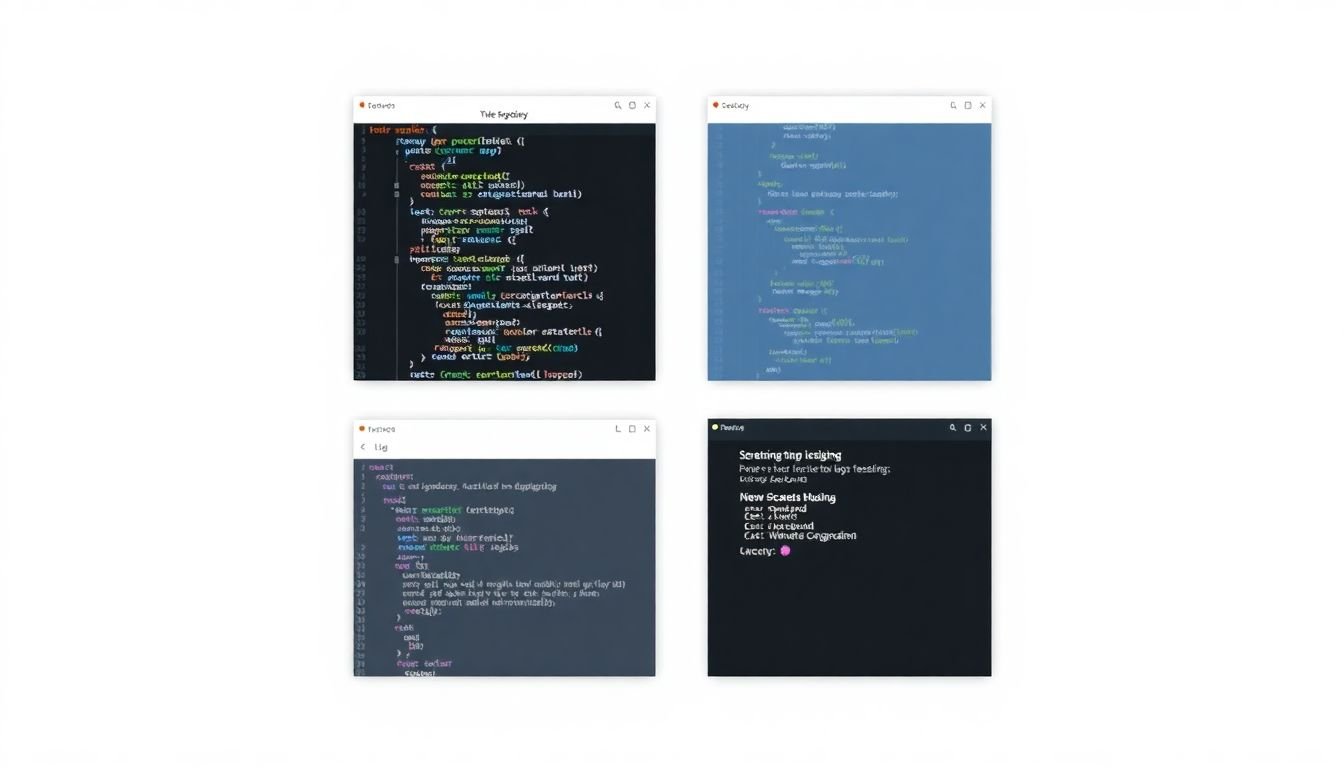
Testing and Debugging Cross-Platform Mobile Apps
Cross-platform mobile app development, while offering code reusability and faster time-to-market, presents unique challenges in testing and debugging. Ensuring a seamless user experience across diverse devices and platforms requires a strategic approach. Let’s delve into some effective strategies, tools, and best practices to tackle this endeavor.
Firstly, it’s crucial to understand that one size doesn’t fit all in mobile app testing. Different platforms (iOS, Android) and screen sizes demand tailored testing strategies. Start by identifying the key features and user flows that are critical to your app’s success. Prioritize these for rigorous testing on various devices and platforms.
Next, leverage the right tools for the job. For cross-platform apps, consider using tools that support multiple platforms simultaneously. For instance, Appium, a popular choice, supports both iOS and Android platforms. It uses the WebDriver protocol and has a large community for support.
Emulators and simulators are essential tools for initial testing, but they can’t replicate real-world conditions. Therefore, it’s vital to include real device testing in your strategy. Services like BrowserStack and AWS Device Farm offer cloud-based real device testing, providing access to a wide range of devices and platforms.
When it comes to debugging, logging is your friend. Tools like React Native’s built-in logging or third-party tools like Sentry can help pinpoint issues. However, be mindful of logging in production environments to maintain user privacy.
Lastly, consider using unit tests, integration tests, and end-to-end tests to catch issues early in the development cycle. Tools like Jest (for JavaScript) and Espresso (for Android) can help automate these tests, saving time and effort.
In conclusion, testing and debugging cross-platform mobile apps require a multi-pronged approach. By understanding your app’s unique needs, leveraging the right tools, and implementing a robust testing strategy, you can ensure a seamless user experience across different devices and platforms.
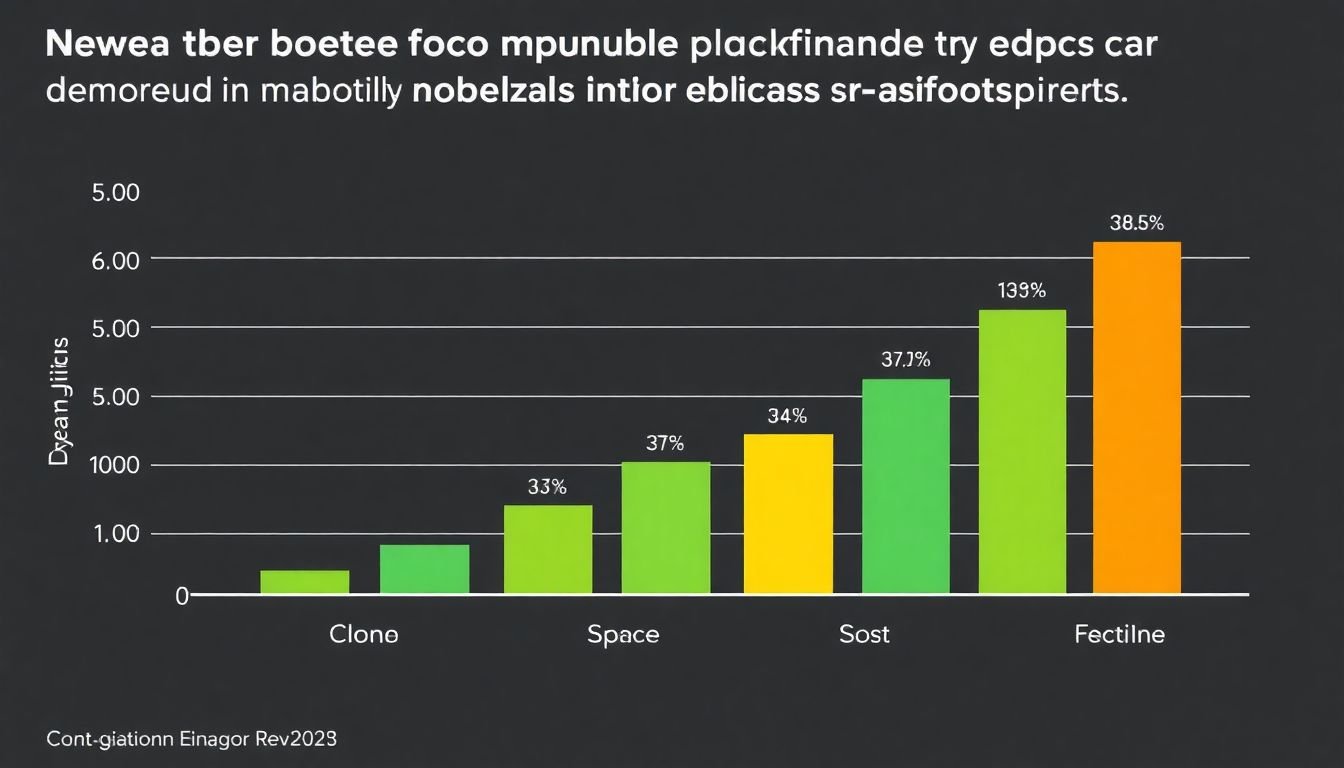
Monetizing Cross-Platform Mobile Apps: Strategies and Best Practices
Monetizing cross-platform mobile apps is a multifaceted endeavor that goes beyond simply creating a great product. With the right strategies, app developers can turn their creations into sustainable businesses. Let’s delve into some of the most effective monetization strategies, along with real-world case studies to illustrate their success.
In-App Purchases (IAP): IAPs allow users to buy digital or physical goods within the app. Free-to-play games often use this model, where users can purchase additional lives, levels, or premium content. A prime example is ‘Candy Crush Saga’ by King. The game offers a free version with limited moves and lives, encouraging users to make in-app purchases for more gameplay. This strategy has been incredibly successful, with the game generating over $1 billion in revenue in 2020 alone.
Subscriptions: Subscription models provide users with access to premium content or features for a recurring fee. This model works well for apps offering regular updates or exclusive content. Netflix is a classic example. Its mobile app offers a subscription service that provides users with access to a vast library of movies and TV shows for a monthly fee. This strategy has contributed significantly to Netflix’s success, with over 200 million paid subscribers worldwide.
Ads: Advertising is one of the most common monetization strategies for mobile apps. It can be implemented in various ways, such as banner ads, interstitial ads, or video ads. However, it’s crucial to strike a balance between monetization and user experience. ‘Spotify’ is a great case study. The music streaming app offers a free, ad-supported tier, which has proven to be an effective user acquisition strategy. Once users are hooked, they can upgrade to a premium, ad-free experience.
Partnerships: Strategic partnerships can open up new revenue streams and help apps reach a larger audience. For instance, ‘Uber’ partners with various businesses, such as restaurants and event organizers, to offer exclusive deals and promotions to its users. These partnerships not only generate revenue for Uber but also enhance the user experience by providing relevant, valuable content.
Each of these strategies has its own set of pros and cons, and the best approach often involves a combination of these methods. The key is to understand your audience and choose a monetization strategy that enhances, rather than detracts from, the user experience.

The Future of Cross-Platform Mobile App Development
The future of cross-platform mobile app development is poised to be as dynamic and exciting as the technology landscape itself. As we stand on the precipice of a new era, several emerging trends and technologies are set to reshape the way we develop, deploy, and interact with mobile applications. Let’s delve into some of these transformative forces.
5G: The Network Revolution
The rollout of 5G networks is more than just an upgrade in speed and connectivity. It’s a quantum leap that promises to revolutionize mobile app development. With 5G, we can expect a surge in real-time applications, from augmented reality (AR) and virtual reality (VR) to live streaming and IoT integration. Developers will need to adapt their strategies to leverage this increased bandwidth and reduced latency, ensuring their apps are 5G-ready.
AI and Machine Learning: The Intelligent Apps
Artificial Intelligence and Machine Learning are no longer buzzwords; they’re here to stay and will play a pivotal role in the future of mobile app development. AI can help apps learn from user behavior, personalize experiences, and even predict trends. Machine Learning can enable apps to improve their performance over time, adapting to user preferences and patterns. We can expect to see more intelligent apps that understand, learn, and respond to user needs in real-time.
Progressive Web Apps (PWAs) and Cross-Platform Harmony
PWAs, which combine web and mobile app functionalities, are set to gain traction. They offer a seamless user experience, are cost-effective to develop and maintain, and can work offline. For cross-platform developers, PWAs present an opportunity to create a single app that works across devices, reducing development time and resources. As browsers continue to evolve, we can expect PWAs to become a significant part of the mobile app development landscape.
The Rise of Low-Code and No-Code Platforms
Low-code and no-code platforms are democratizing app development, enabling non-technical users to create functional apps. While they won’t replace professional developers, they will augment their work, allowing them to focus on complex tasks while these platforms handle the basics. This shift could lead to a surge in app creation and innovation, driving the industry forward in unprecedented ways.
FAQ
What is cross-platform mobile app development and why is it important in 2024?
What are the top cross-platform solutions for mobile app development in 2024?
- React Native, backed by Facebook and used by popular apps like Instagram and Facebook itself.
- Flutter, developed by Google and gaining traction with its rich UI and performance.
- Ionic, which uses web technologies like HTML, CSS, and JavaScript.
- Xamarin, Microsoft’s cross-platform solution that uses C# and .NET.
- Kotlin Multiplatform, a new approach from JetBrains that allows sharing business logic between iOS and Android.
How does the choice of cross-platform solution affect app performance?
What are the key considerations when choosing a cross-platform solution?
- The learning curve and availability of developers.
- The performance requirements of your app.
- The long-term maintainability and scalability of the solution.
- The availability of third-party libraries and tools.
- The support and community behind the technology.
- Whether it aligns with your team’s existing skillset or your project’s specific needs.
How can I ensure a consistent user experience across different platforms?
- Understanding the design guidelines and conventions of each platform (Material Design for Android, Human Interface Guidelines for iOS).
- Using platform-specific UI components where necessary to maintain a native feel.
- Implementing responsive design to adapt to different screen sizes and orientations.
- Thoroughly testing the app on each target platform to identify and fix any inconsistencies.
- Regularly gathering user feedback to make improvements.
What are some best practices for structuring a cross-platform mobile app project?
- Modularize your codebase to improve maintainability and scalability.
- Use a consistent naming convention for files and folders.
- Keep platform-specific code separate from shared code.
- Use version control systems like Git to manage changes and facilitate collaboration.
- Implement a robust testing strategy, including unit tests, integration tests, and end-to-end tests.
- Consider using a mobile back-end-as-a-service (BaaS) to manage data, push notifications, and other services.
How can I optimize the build process for a cross-platform mobile app?
- Use hot reloading or live reloading to see changes in real-time without rebuilding the app.
- Implement a build automation pipeline using tools like Fastlane or AppCenter.
- Use caching to speed up dependency resolution and package installation.
- Leverage incremental builds, which only recompile changed files.
- Consider using a monorepo structure to manage shared code and dependencies.
What are some common challenges in cross-platform mobile app development and how can they be addressed?
- Performance issues due to the abstraction layer. This can be mitigated by using solutions with near-native performance and optimizing code.
- Platform-specific features and APIs that can’t be shared. Using platform-specific modules or plugins can help address this.
- Testing challenges due to the variety of devices and platforms. Implementing a comprehensive testing strategy can help ensure app quality.
- Maintaining a consistent user experience across different platforms. Following platform guidelines and thoroughly testing the app can help achieve this.